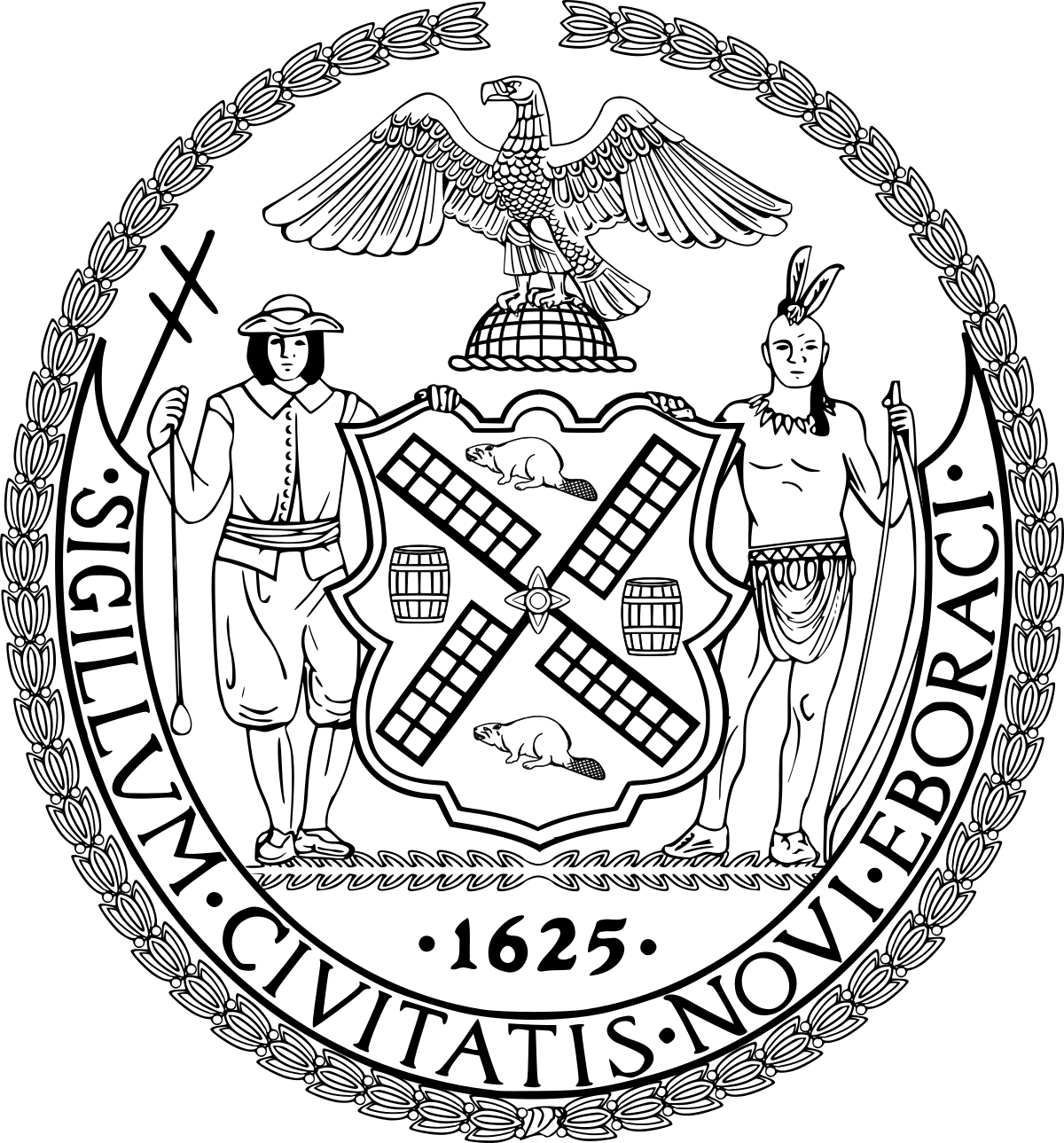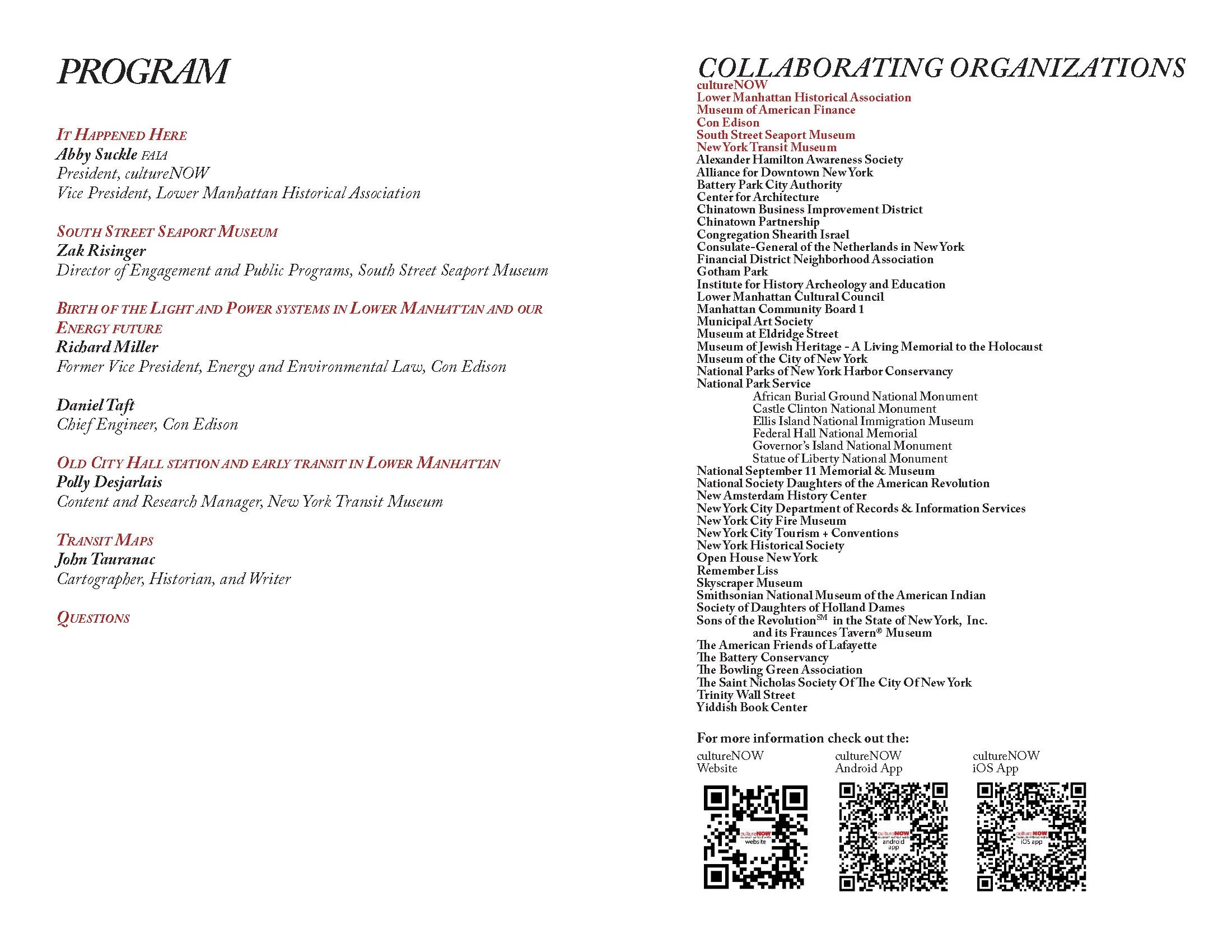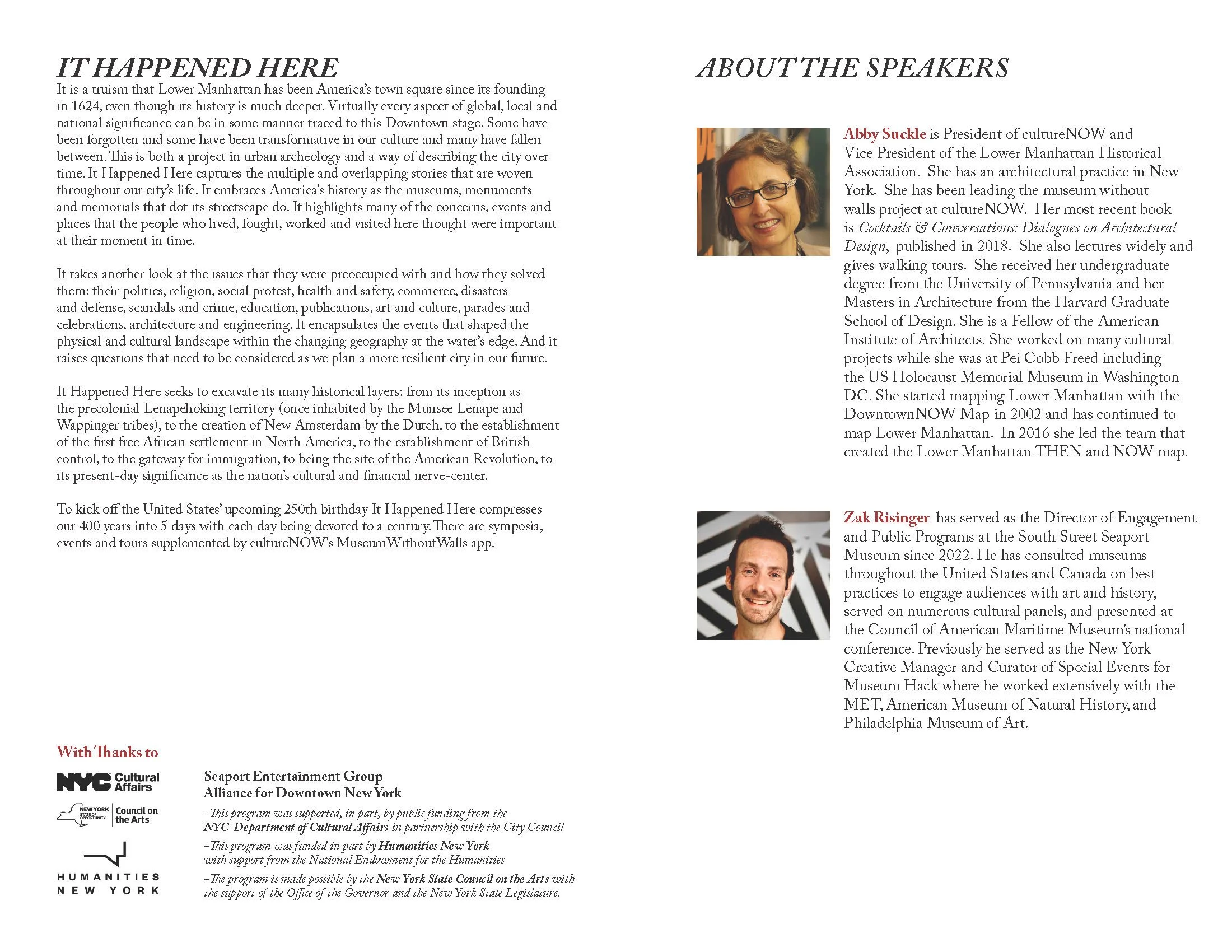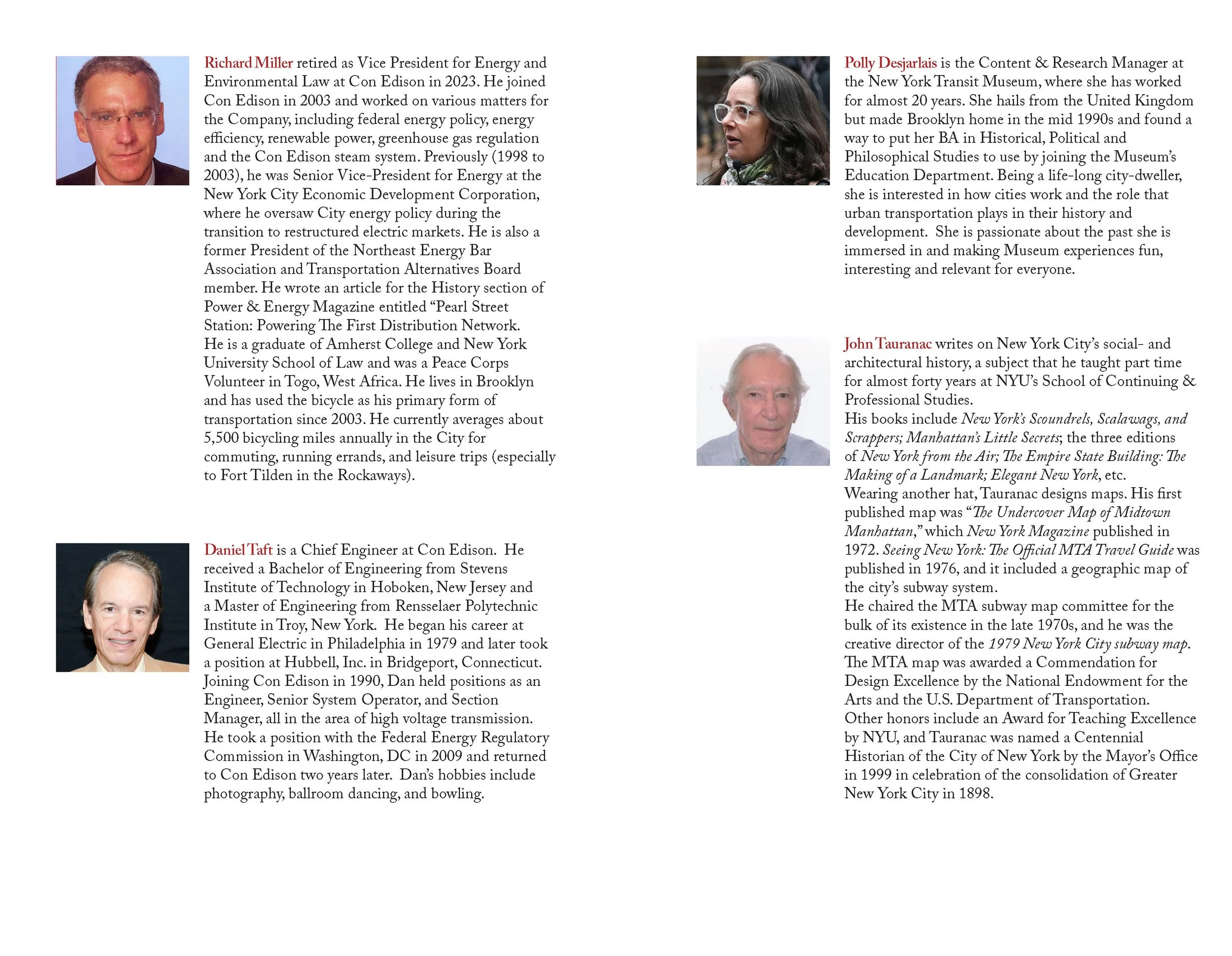The 1900’s: Connecting the City: The History of Infrastructure Symposium
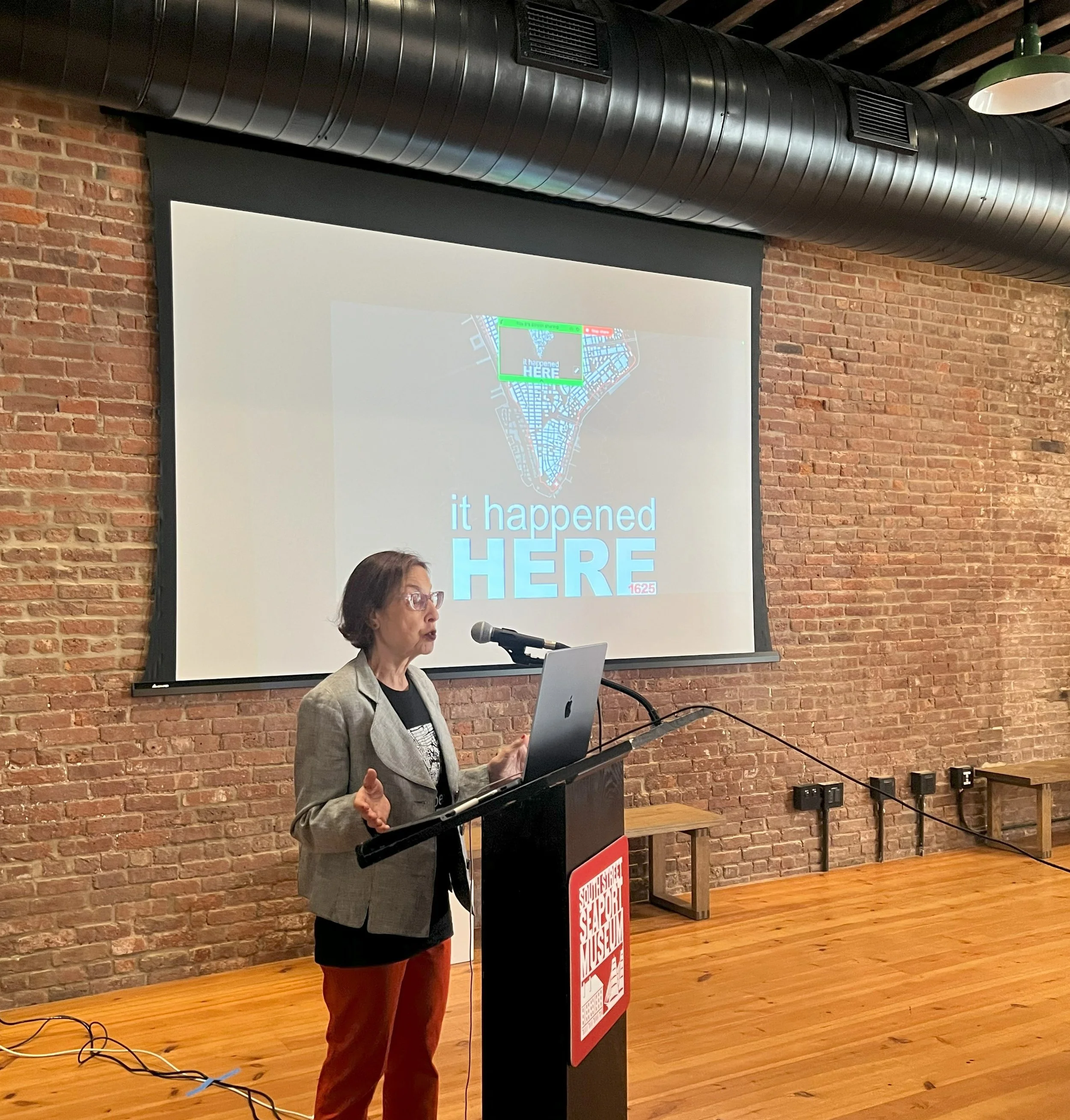

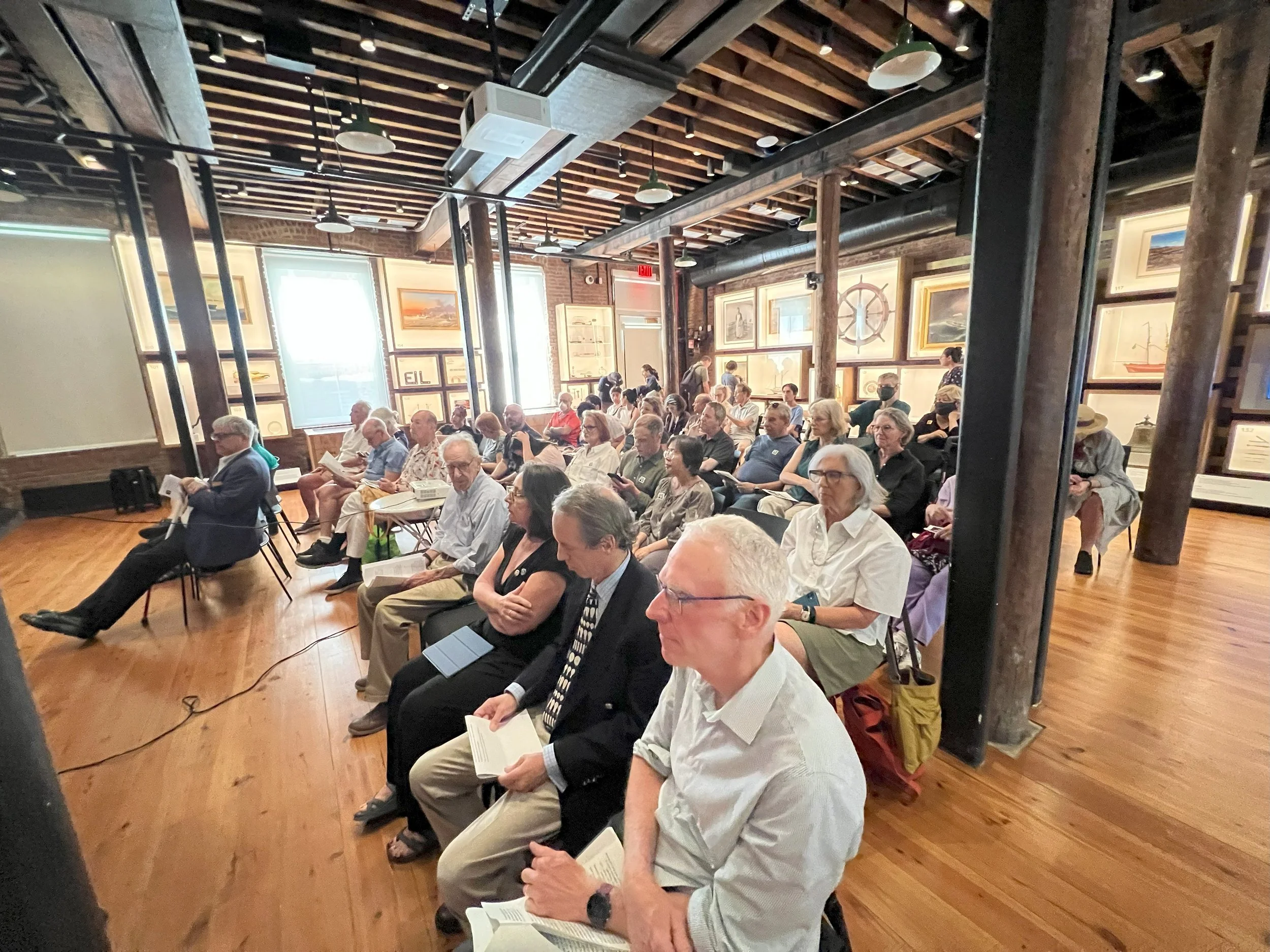
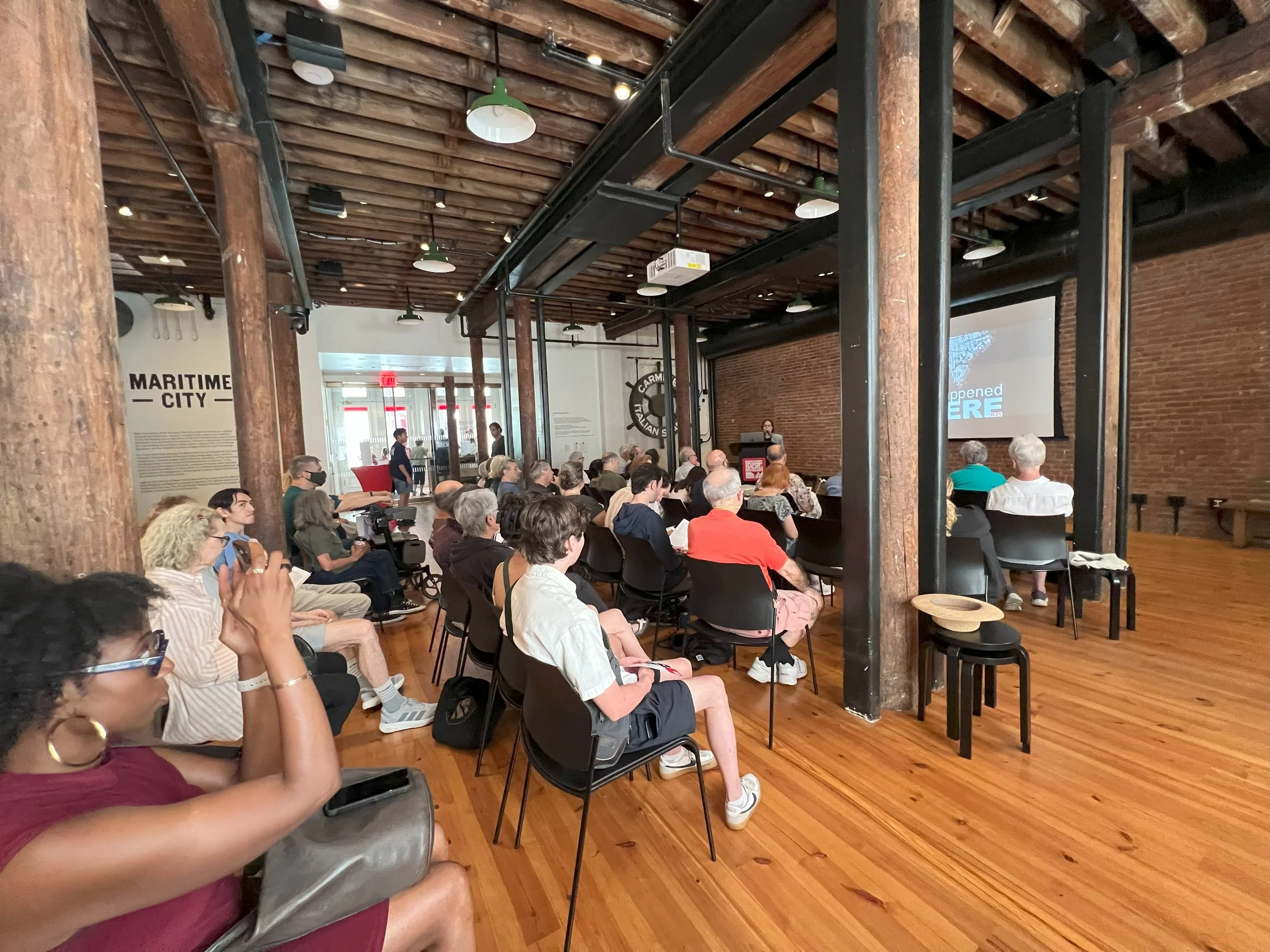
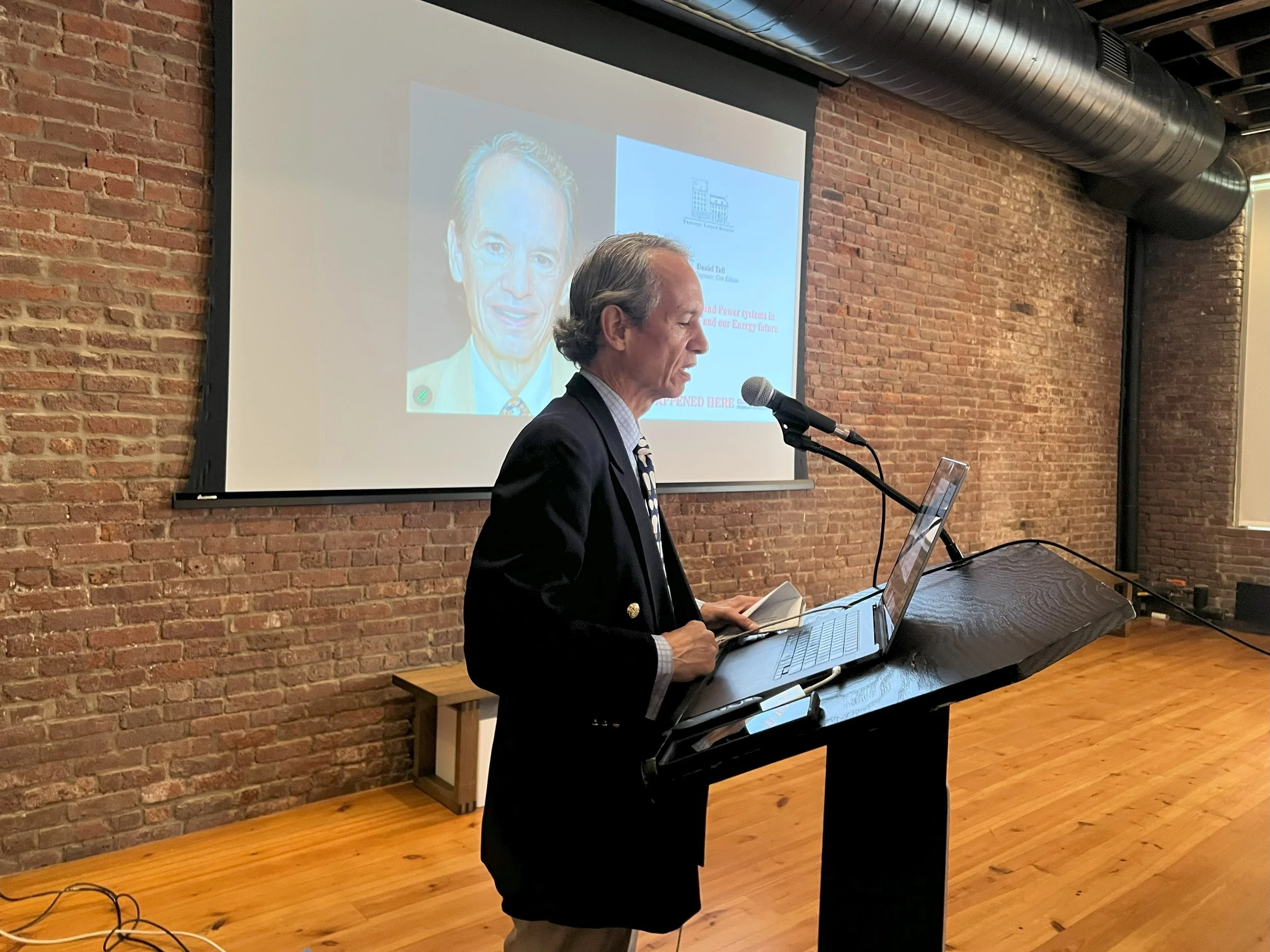
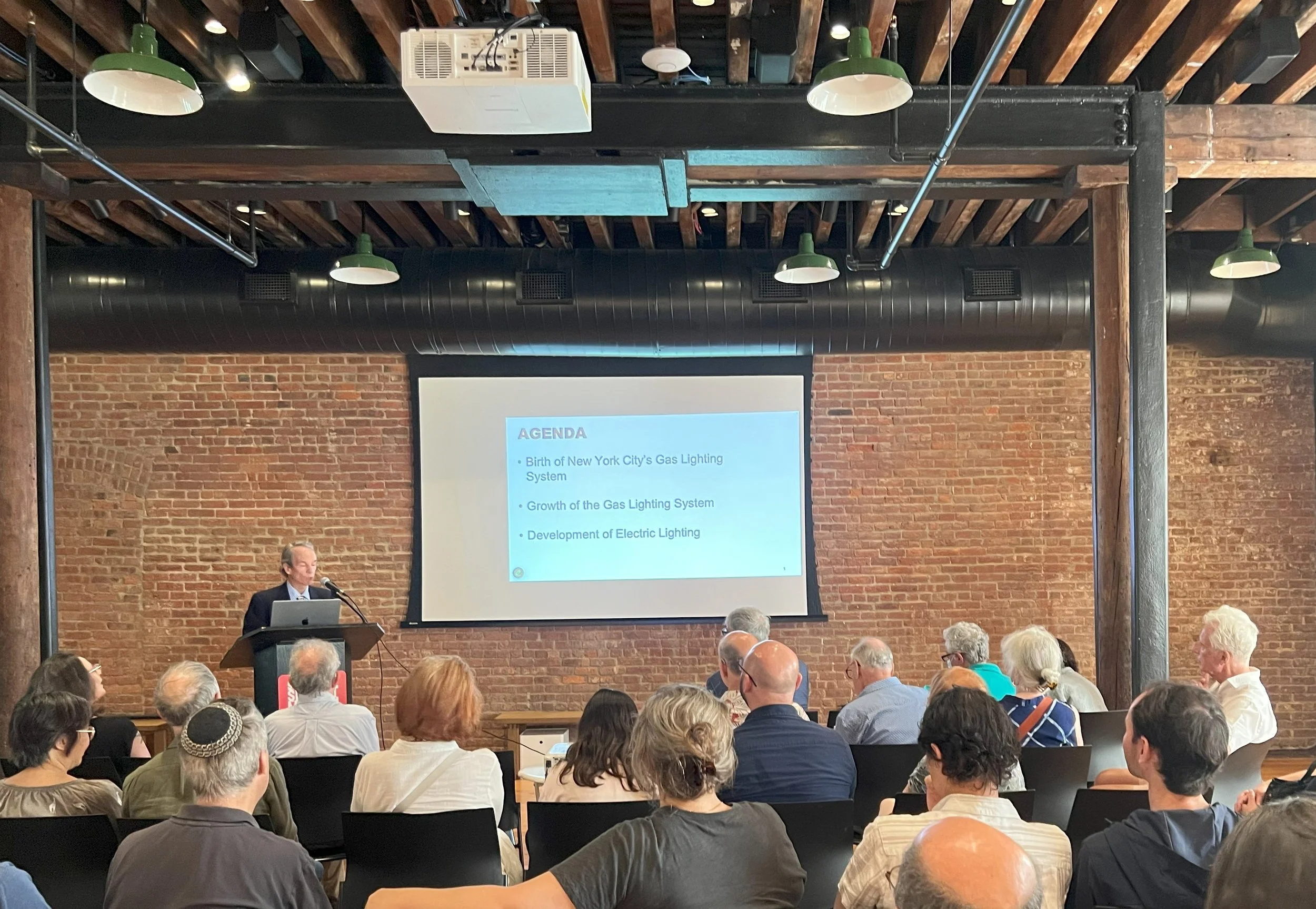
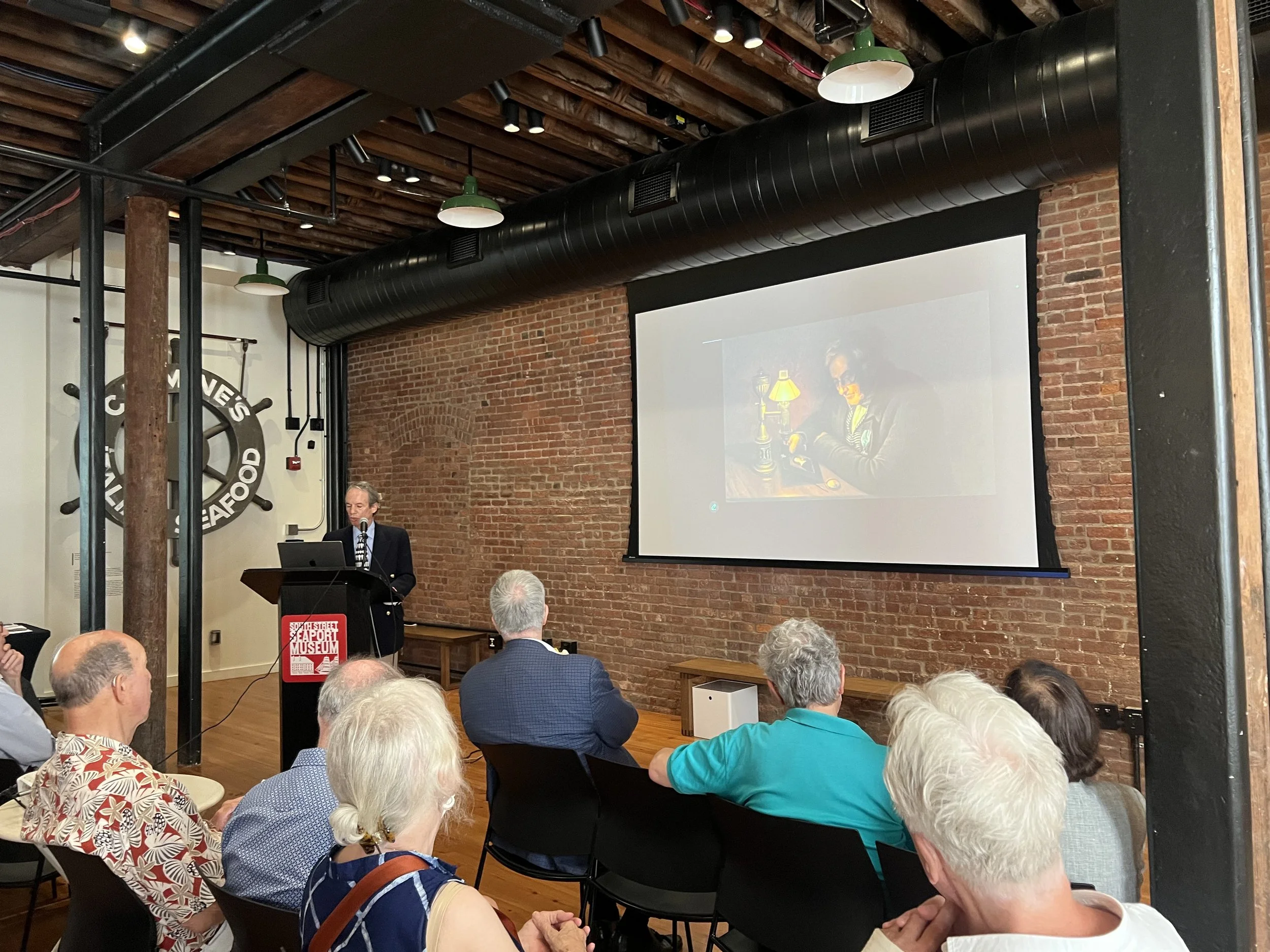
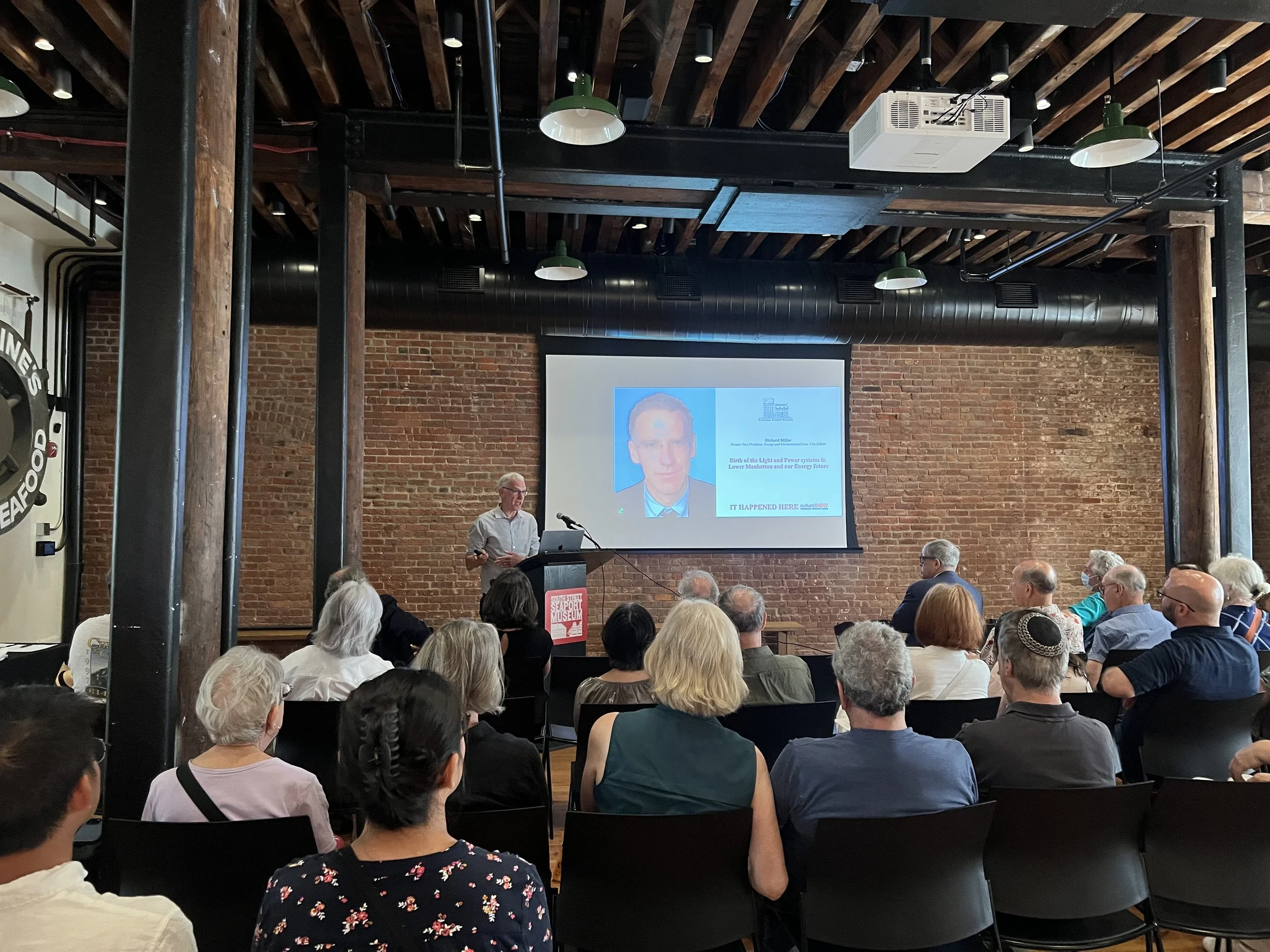
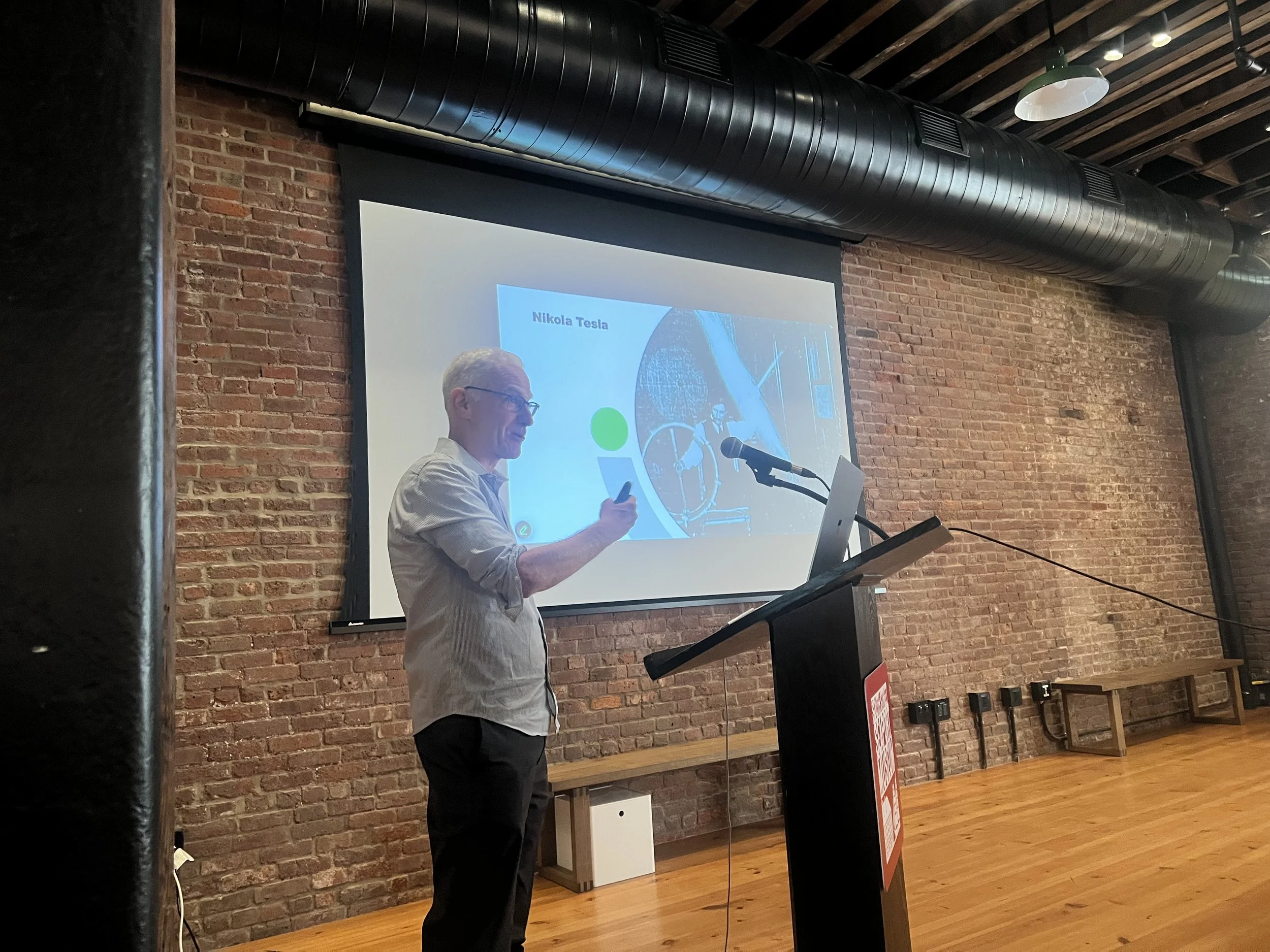
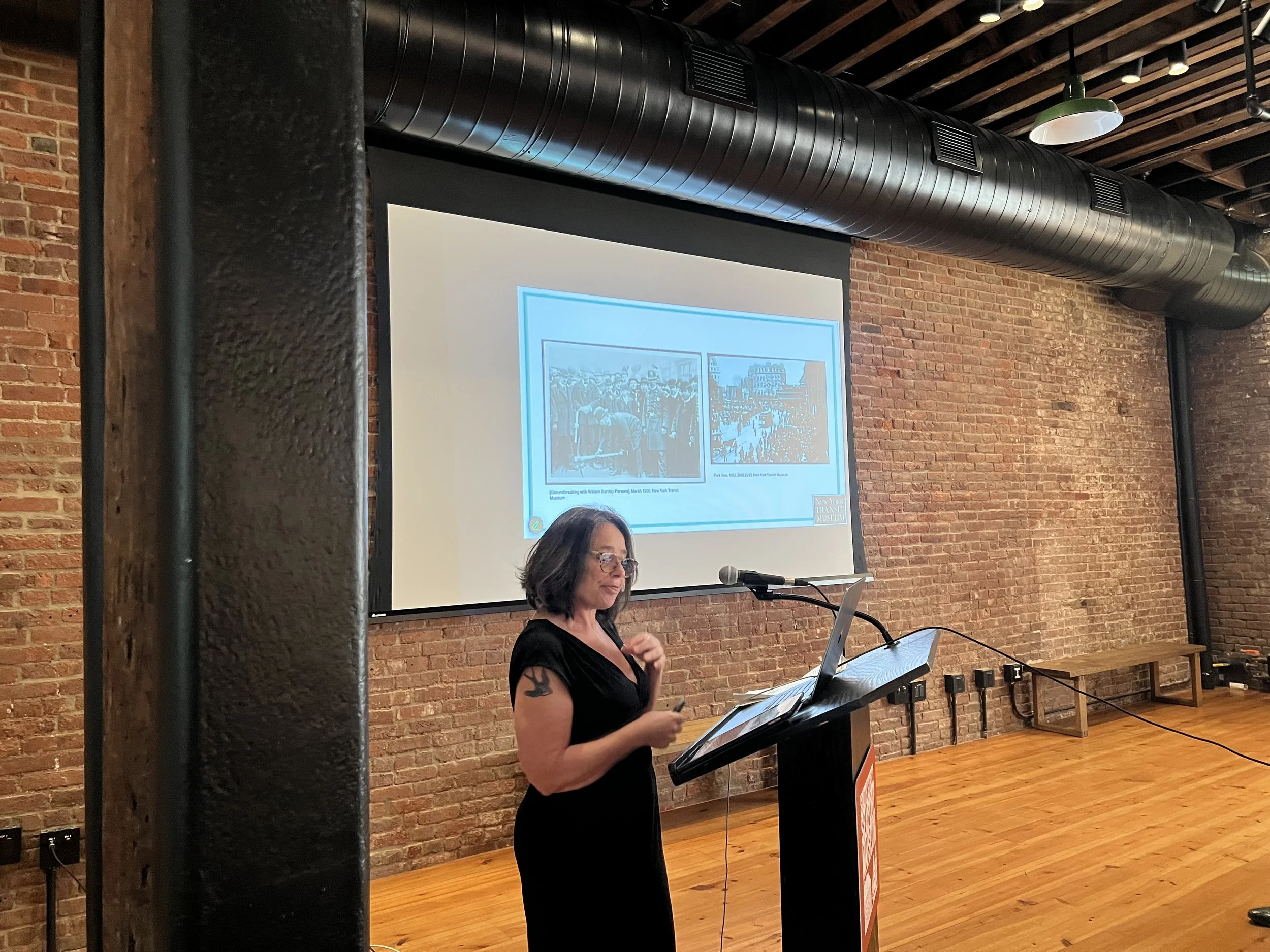
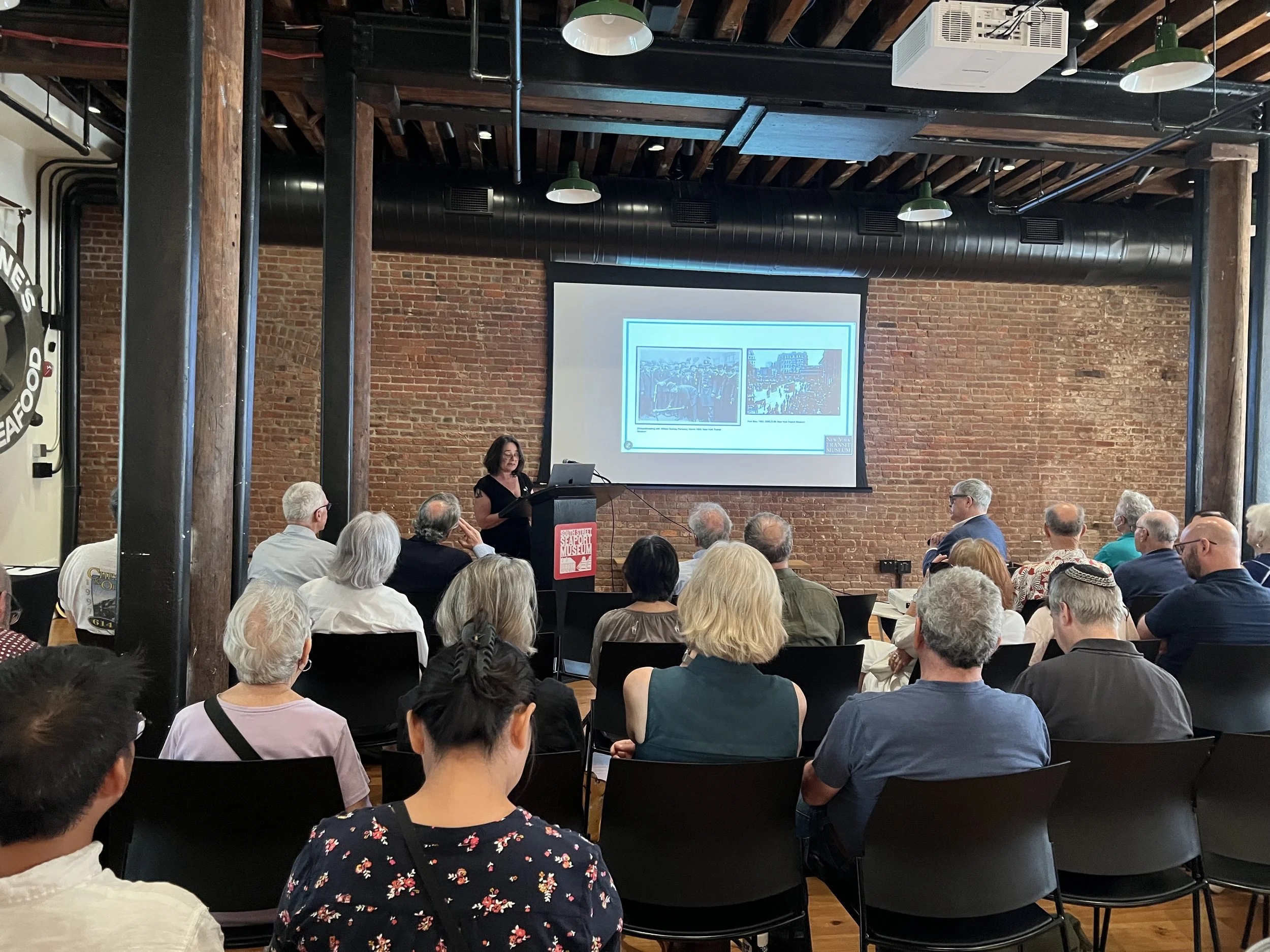
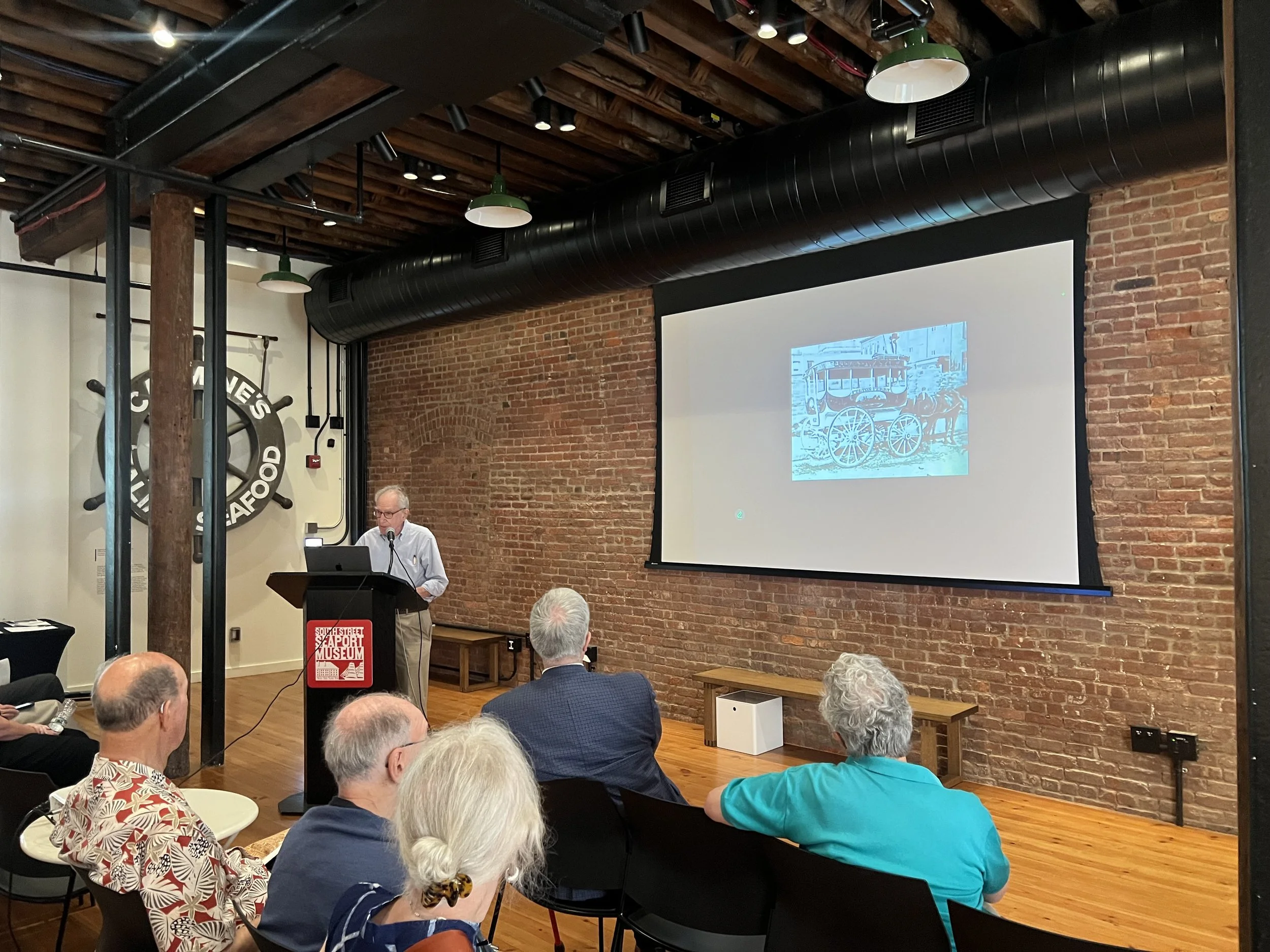
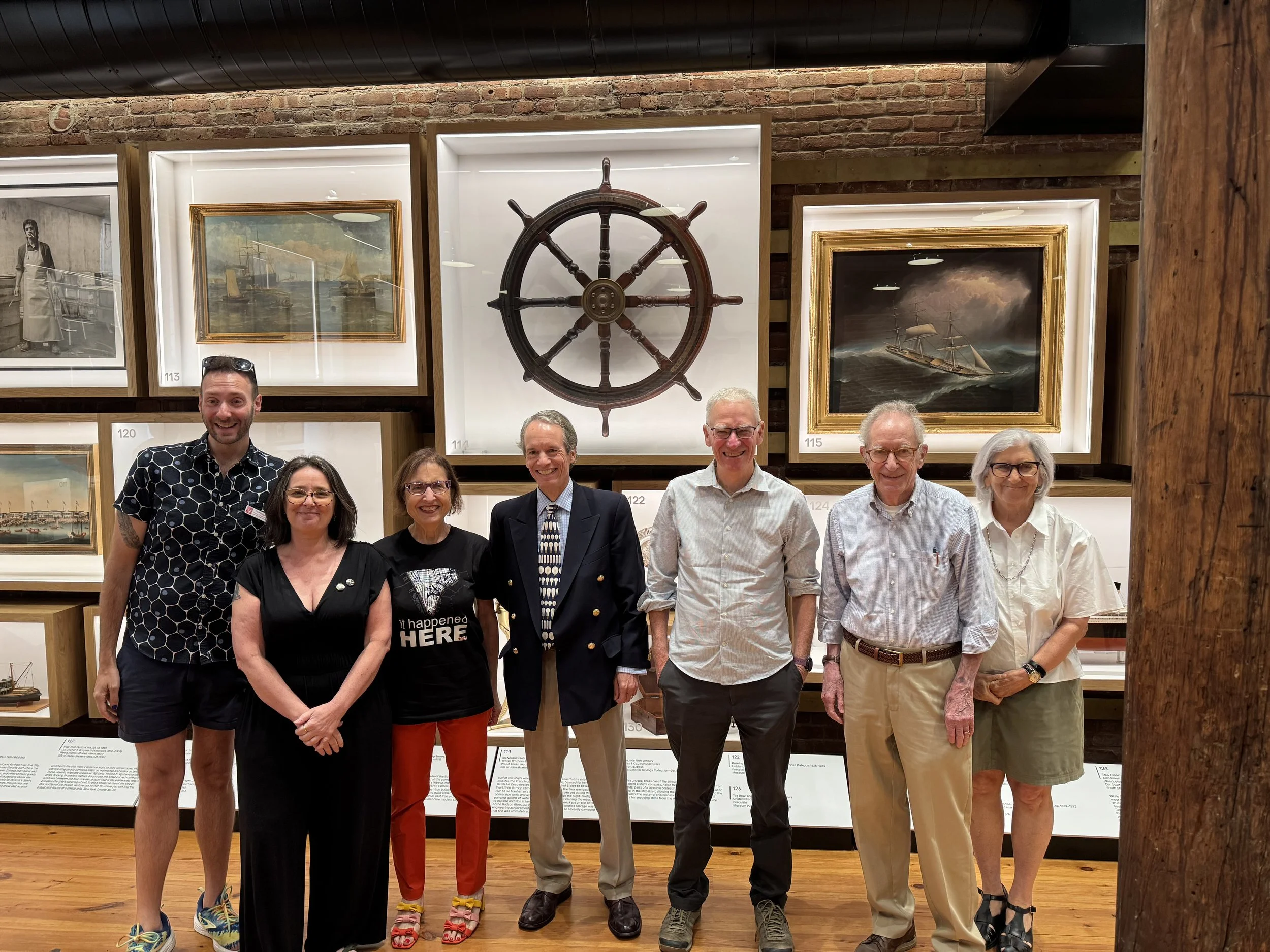
Richard Miller retired as Vice President for Energy and Environmental Law at Con Edison in 2023. He joined Con Edison in 2003 and worked on various matters for the Company, including federal energy policy, energy efficiency, renewable power, greenhouse gas regulation and the Con Edison steam system. Previously (1998 to 2003), he was Senior Vice-President for Energy at the New York City Economic Development Corporation, where he oversaw City energy policy during the transition to restructured electric markets. He is also a former President of the Northeast Energy Bar Association and Transportation Alternatives Board member. He wrote an article for the History section of Power & Energy Magazine entitled “Pearl Street Station: Powering The First Distribution Network. He is a graduate of Amherst College and New York University School of Law and was a Peace Corps Volunteer in Togo, West Africa. He lives in Brooklyn and has used the bicycle as his primary form of transportation since 2003. He currently averages about 5,500 bicycling miles annually in the City for commuting, running errands, and leisure trips (especially to Fort Tilden in the Rockaways).
Daniel Taft is a Chief Engineer at Con Edison. He received a Bachelor of Engineering from Stevens Institute of Technology in Hoboken, New Jersey and a Master of Engineering from Rensselaer Polytechnic Institute in Troy, New York. He began his career at General Electric in Philadelphia in 1979 and later took a position at Hubbell, Inc. in Bridgeport, Connecticut. Joining Con Edison in 1990, Dan held positions as an Engineer, Senior System Operator, and Section Manager, all in the area of high voltage transmission. He took a position with the Federal Energy Regulatory Commission in Washington, DC in 2009 and returned to Con Edison two years later. Dan’s hobbies include photography, ballroom dancing, and bowling.
Polly Desjarlais is the Content & Research Manager at the New York Transit Museum, where she has worked for almost 20 years. She hails from the United Kingdom but made Brooklyn home in the mid 1990s and found a way to put her BA in Historical, Political and Philosophical Studies to use by joining the Museum’s Education Department. Being a life-long city-dweller, she is interested in how cities work and the role that urban transportation plays in their history and development. She is passionate about the past she is immersed in and making Museum experiences fun, interesting and relevant for everyone.
John Tauranac writes on New York City’s social- and architectural history, a subject that he taught part time for almost forty years at NYU’s School of Continuing & Professional Studies. His books include New York’s Scoundrels, Scalawags, and Scrappers; Manhattan’s Little Secrets; the three editions of New York from the Air; The Empire State Building: The Making of a Landmark; Elegant New York, etc. Wearing another hat, Tauranac designs maps. His first published map was “The Undercover Map of Midtown Manhattan,” which New York Magazine published in 1972. Seeing New York: The Official MTA Travel Guide was published in 1976, and it included a geographic map of the city’s subway system. He chaired the MTA subway map committee for the bulk of its existence in the late 1970s, and he was the creative director of the 1979 New York City subway map. The MTA map was awarded a Commendation for Design Excellence by the National Endowment for the Arts and the U.S. Department of Transportation. Other honors include an Award for Teaching Excellence by NYU, and Tauranac was named a Centennial Historian of the City of New York by the Mayor’s Office in 1999 in celebration of the consolidation of Greater New York City in 1898.
